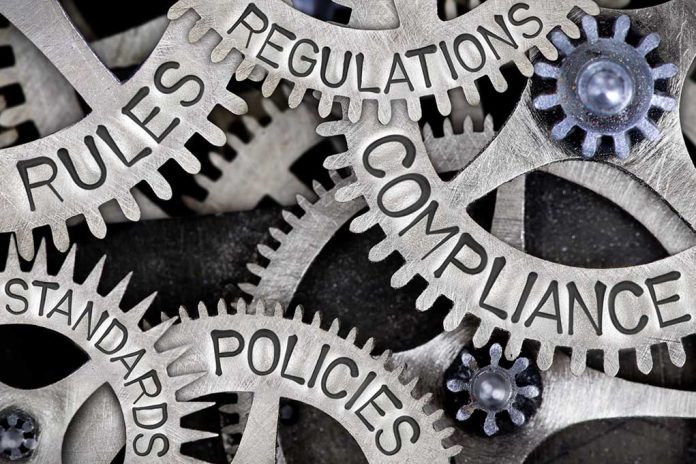
The debate around trans athletes in women’s sports intensifies as policies and perspectives clash over fairness and inclusion.
Key Takeaways
- An executive order by President Trump on February 5, 2025, sought to prevent biological males from participating in female sports.
- The NCAA updated its policies to align with federal standards, impacting all gender-separated NCAA championships.
- There is a divide between organizations like the Olympic Committee that promote inclusion and others emphasizing competitive fairness.
- PragerU advocates against the inclusion of biological males in women’s sports, garnering significant public support.
- Persistent legislative efforts reflect the ongoing national debate on athletic fairness and transgender inclusion.
Executive Orders and NCAA Policy
February 5, 2025, marked a pivotal date when President Trump signed an executive order titled “Keeping Men Out of Women’s Sports,” aiming to restrict biological males from female sports teams in public schools and universities. Following this directive, the NCAA swiftly adjusted its policies, effective February 6, 2025, to adhere to this new federal standard. These policies mandate that student-athletes assigned male at birth cannot participate in NCAA Women’s Teams, thus upholding Title IX protections focused on competitive equity.
This policy modification underscores the responsibility of member schools to certify student-athlete eligibility while ensuring compliance with relevant legislation. The aligned NCAA policy does not allow for any waivers, requiring strict adherence by educational institutions. Furthermore, definitions such as NCAA Men’s Teams, Mixed Teams, and Sexual Identity influence eligibility and scholarship distribution.
The future of transgender youth in athletics
Is EXACTLY the same as it was before…play on the team that matches your sex. Not your gender. Not your furry personality. Not your favorite color. Just your sex. You only have one, & you can’t change it.
— Christina Dalcher (@CV_Dalcher) February 7, 2025
Diverse Responses and Legislative Challenges
The executive order and subsequent policy changes have not advanced smoothly. In Congress, a proposed bill intended to embed Title IX protections based on reproductive biology and genetics failed to progress after a 51-45 vote against it. Despite the setback, many Republicans consider this an essential issue for maintaining athletic fairness and opportunity for women and girls in sports. However, criticism arises from organizations advocating for transgender and non-binary rights, denouncing these moves as part of a broader cultural agenda.
Public Sentiment and Advocacy
While the federal order faces legislative hurdles, public advocacy groups are active in shaping the discourse. PragerU, among others, has been instrumental in rallying public support. Through extensive campaigns, they have accumulated over 800,000 signatures on petitions that aim to defend the integrity of women’s sports. This movement draws attention to what proponents call ‘unfair advantages’ of including biological males in female sports categories, thereby reshaping the narrative to spotlight issues of fairness and competitive balance.
The landscape of women’s sports continues to evolve amidst these diverse and sometimes conflicting policies and perspectives. As more entities weigh in on this consequential debate, solutions that harmonize inclusivity with fairness are essential to avoid further polarization while upholding the core values of athletic competition.





